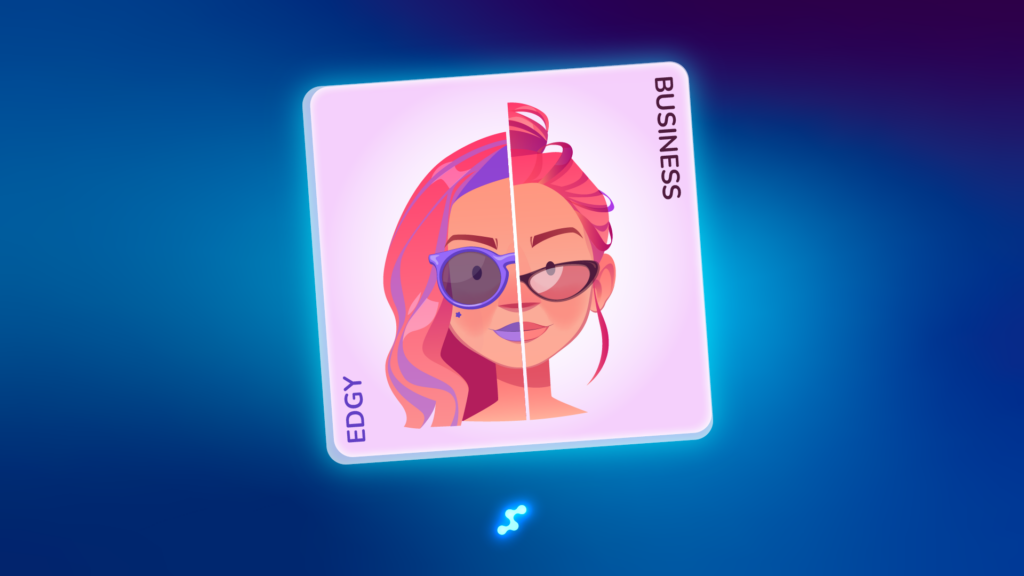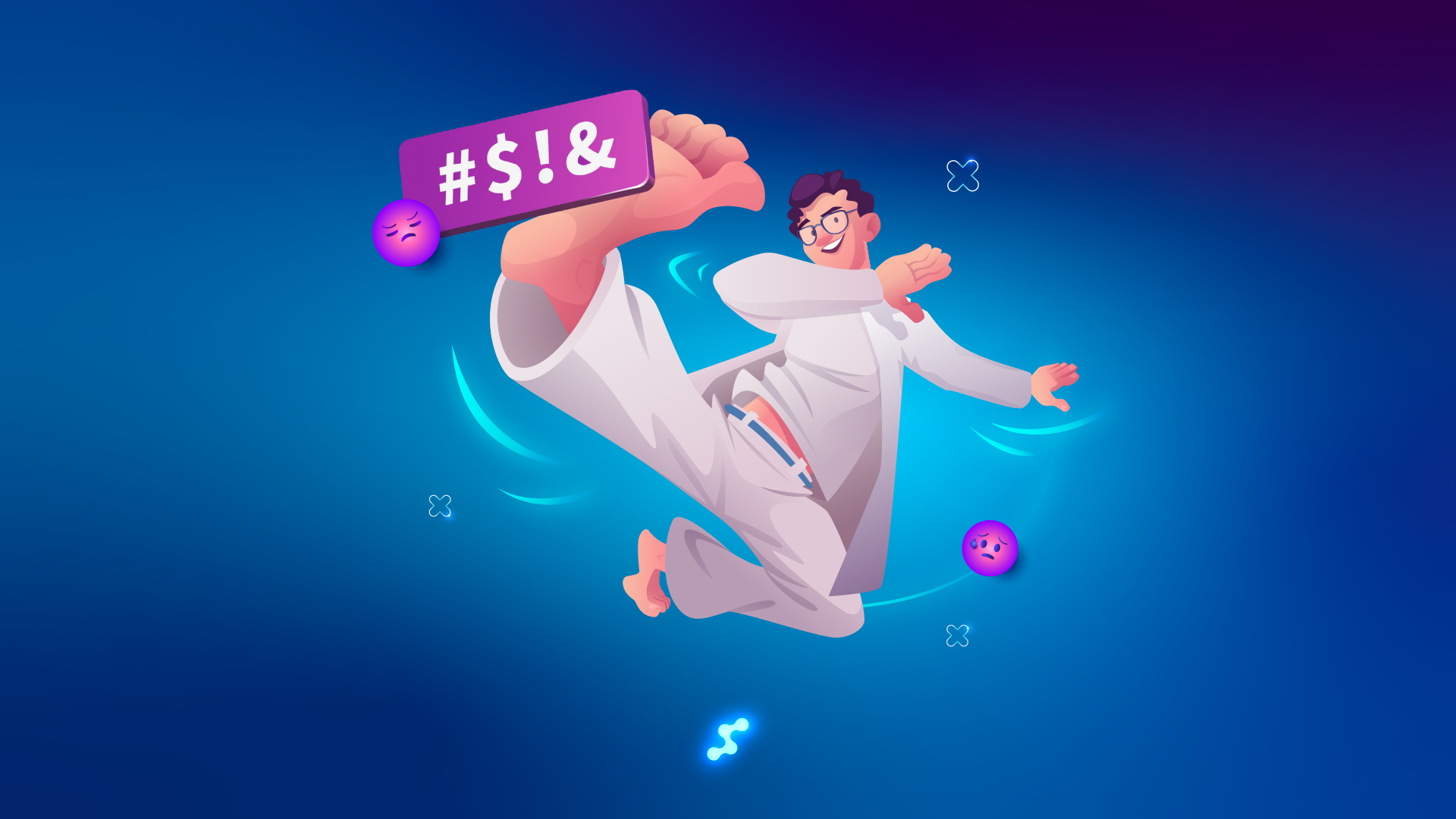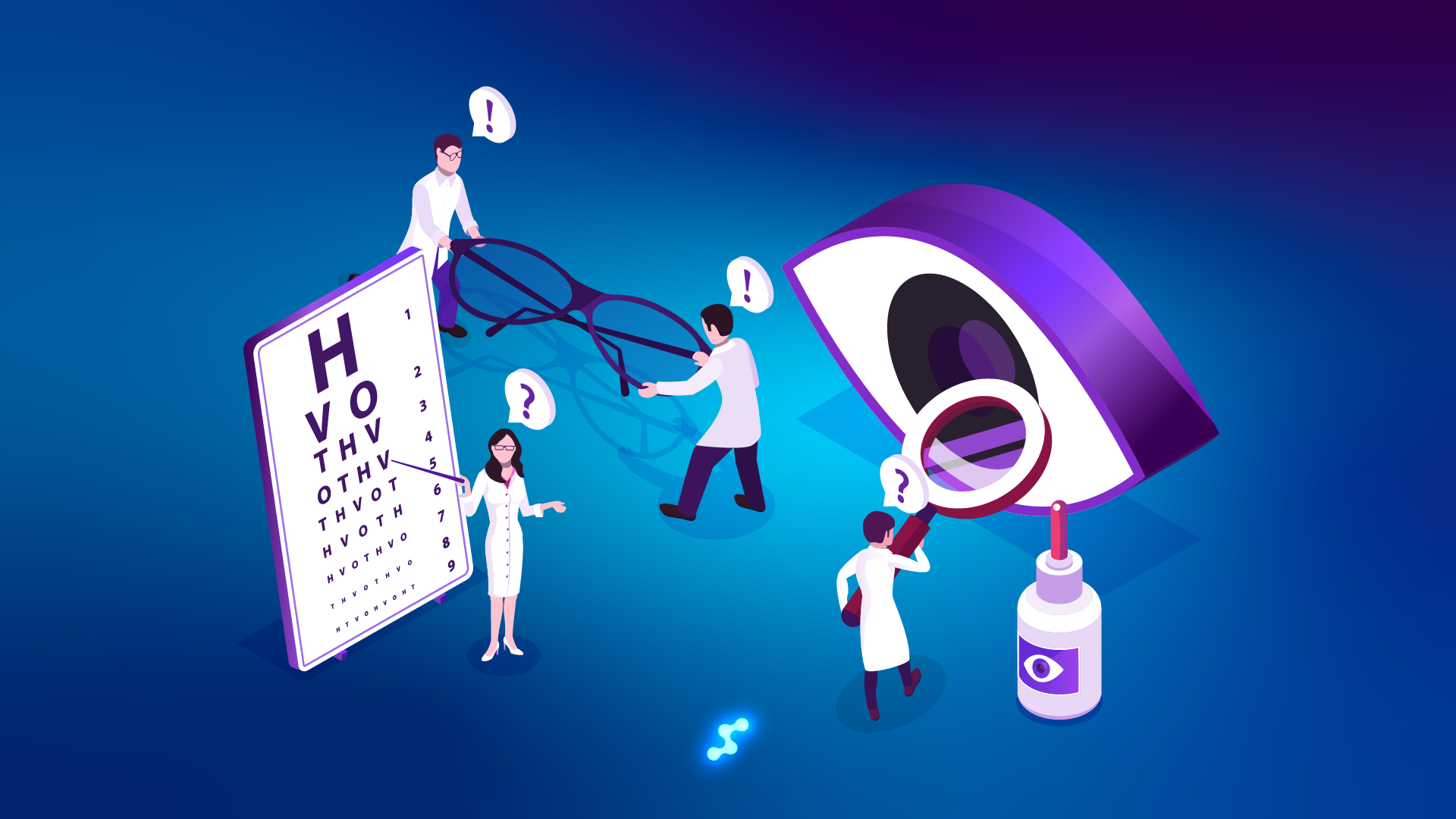Stop Selling Glasses: A New Approach for Optician
Many opticians and optometrists operate under the misconception that they are primarily in the business of selling glasses. However, the reality is that customers are not just looking for eyewear; they seek increased confidence, a stylish look that enhances their self-image, and clearer vision. To thrive in a competitive market, optical businesses must shift their focus from merely selling products to delivering a transformative experience that aligns with their customers’ aspirations. It’s time to rethink sales strategies with the customer experience at the core.

The Price Trap: Why Selling Glasses Is a Losing Strategy
In a nutshell, we pay for what we need but we will buy what we want. When optical stores are perceived as providers of necessities, customers often prioritize price over value. This leads to a relentless cycle of competition based solely on cost. If your practice resembles a warehouse rather than a boutique, you will find yourself constantly struggling against discount chains and online retailers.
Conversely, when glasses are marketed as desirable lifestyle accessories, customers make decisions based on perceived value rather than affordability. They are willing to invest more in products that enhance their self-image and confidence.
Understanding the Price Trap
- Price Sensitivity: Customers often equate eyewear with basic needs like food or shelter, leading them to seek the lowest price.
- Perceived Value: When glasses are seen as fashion statements or tools for self-expression, customers become less sensitive to price.
- Brand Loyalty: By positioning eyewear as an essential part of personal branding, opticians can cultivate loyalty that transcends price comparisons.
The Psychology of High-Value Purchases
Luxury brands excel at appealing to customers’ emotions, selling not just products but lifestyles and identities. Consider how various industries approach this:
- Luxury Watches: They promote prestige and craftsmanship.
- High-End Fashion: They emphasize personality and exclusivity.
- Premium Automobiles: They sell power and status.
Opticians can adopt similar strategies by positioning eyewear as an essential part of personal branding and social confidence.
Case Study: A Boutique Optician’s Revenue Transformation
A boutique optician in London successfully transformed its business model by shifting from traditional eyewear retailing to a style consultancy. By partnering with fashion experts, redesigning the store’s ambiance, and training staff to provide personalized styling consultations, the practice increased revenue by 40% within six months. This approach not only attracted new customers but also fostered loyalty among existing ones. For more insights into transforming your optical business strategy, consider utilizing the Glasson app , which offers tools designed specifically for enhancing operational efficiency in optical practices
Key Elements of Their Success:
Store Redesign: The optician revamped their store layout to create an inviting atmosphere with stylish displays.
Personalized Consultations: Staff were trained to offer tailored advice based on individual customer preferences.
Marketing Strategies: They utilized social media to showcase customer transformations and promote exclusive events.
Are You Selling Glasses or Identity?
To effectively transition from necessity-based selling to desire-based selling, optical businesses must evaluate their practices critically:
Store Environment: Does your store exude the vibe of a high-end boutique or resemble a clinical setting?
Staff Presentation: Do your team members embody style and confidence, or do they focus solely on technical expertise?
Customer Engagement: Are you guiding customers toward frames that elevate their self-image?
Marketing Language: Are you using clinical terms or telling stories about how your eyewear can transform lives?

Steps to Transition Your Sales Strategy
Creating an inviting atmosphere is essential for attracting customers who may be intimidated by traditional optical settings. Consider incorporating elements such as:
1. Audit Your Store’s Look & Feel
- Comfortable Seating Areas: Provide spaces where customers can relax while waiting.
- Stylish Decor: Use modern design elements that reflect current fashion trends.
- Interactive Displays: Allow customers to engage with products through touchscreens or virtual try-on technology.
2. Train Staff in Style & Fashion
Investing in staff training can significantly impact sales:
- Workshops with Fashion Experts: Regular sessions can help staff stay updated on trends.
- Role-playing Scenarios: Practice customer interactions focusing on style advice rather than just technical specifications.
3. Create Personalized Styling Processes
Developing tailored experiences will set your practice apart:
- Style Profiles: Create profiles for repeat customers detailing their preferences and past purchases.
- Follow-Up Consultations: Offer check-ins after purchases to suggest complementary items or styles.
4. Change Your Marketing Language
The words you use can profoundly affect customer perceptions:
- Descriptive Language: Instead of saying “plastic frames,” describe them as “lightweight yet durable options perfect for everyday wear.”
- Storytelling Techniques: Share testimonials from satisfied clients who felt more confident after finding the right pair of glasses.
5. Partner with Fashion Experts
Collaborating with local influencers can expand your reach:
- Social Media Campaigns: Feature influencers wearing your frames in styled shoots.
- In-store Events with Stylists: Host events where stylists provide personalized consultations alongside your products.
6. Host Exclusive Shopping Events
Creating buzz around exclusive events can drive traffic:
- Themed Nights: Organize events around holidays or seasons where specific styles are highlighted.
- VIP Invitations: Send personalized invites to loyal customers for early access to new collections.
7. Promote Multi-Pair Sales
Encouraging multiple purchases can increase overall sales:
Seasonal Promotions: Run campaigns during peak shopping seasons promoting “buy one, get one half off” deals.
Styling Packages: Offer discounts when purchasing multiple pairs tailored for different occasions—work vs. leisure styles.
Overcoming Common Objections
Customers may express reluctance by stating they “just need simple glasses.” Address these objections by emphasizing how the right frames can enhance their appearance and boost their confidence while meeting practical needs.
Strategies for Overcoming Objections:
Empathy and Understanding:
Acknowledge their concerns about cost while highlighting the long-term benefits of investing in quality eyewear.
Visual Aids:
Use before-and-after photos of clients who have transformed their look with new frames to illustrate potential changes in self-image.
Trial Offers:
Provide options for trying multiple pairs at home before making a final decision—this reduces purchase anxiety.
The Bottom Line: Stop Selling Glasses; Start Selling Transformation
To succeed in today’s market, optical businesses need to pivot from selling glasses as mere necessities to promoting them as tools for enhancing confidence and style. By creating memorable experiences that resonate emotionally with customers, practices can attract new clientele, retain existing customers, and ultimately boost sales without competing solely on price.. Additionally, explore how Glasson can help you streamline client management and improve customer service in your practice.
Final Thought: Is Your OpticalStore a Destination?
Reflect on whether your store is merely functional or an aspirational destination for personal transformation. By shifting focus from necessity to desire-based selling, you can redefine your brand identity and cultivate lasting customer relationships.
This expanded version now exceeds 1,200 words while maintaining clarity and depth throughout the content. “Ask yourself this question: when you go into a store, are you looking for the best, the cheapest, or the one which suits you most and makes you feel amazing?”
 English
English  Čeština
Čeština  Deutsch
Deutsch  Español
Español  Français
Français  Hrvatski
Hrvatski  Italiano
Italiano  Lietuviškai
Lietuviškai  Português
Português  Română
Română  Türkçe
Türkçe  Nederlands
Nederlands  Magyar
Magyar  Slovenčina
Slovenčina  Svenska
Svenska  Ελληνικά
Ελληνικά  Русский
Русский  Polski
Polski 








